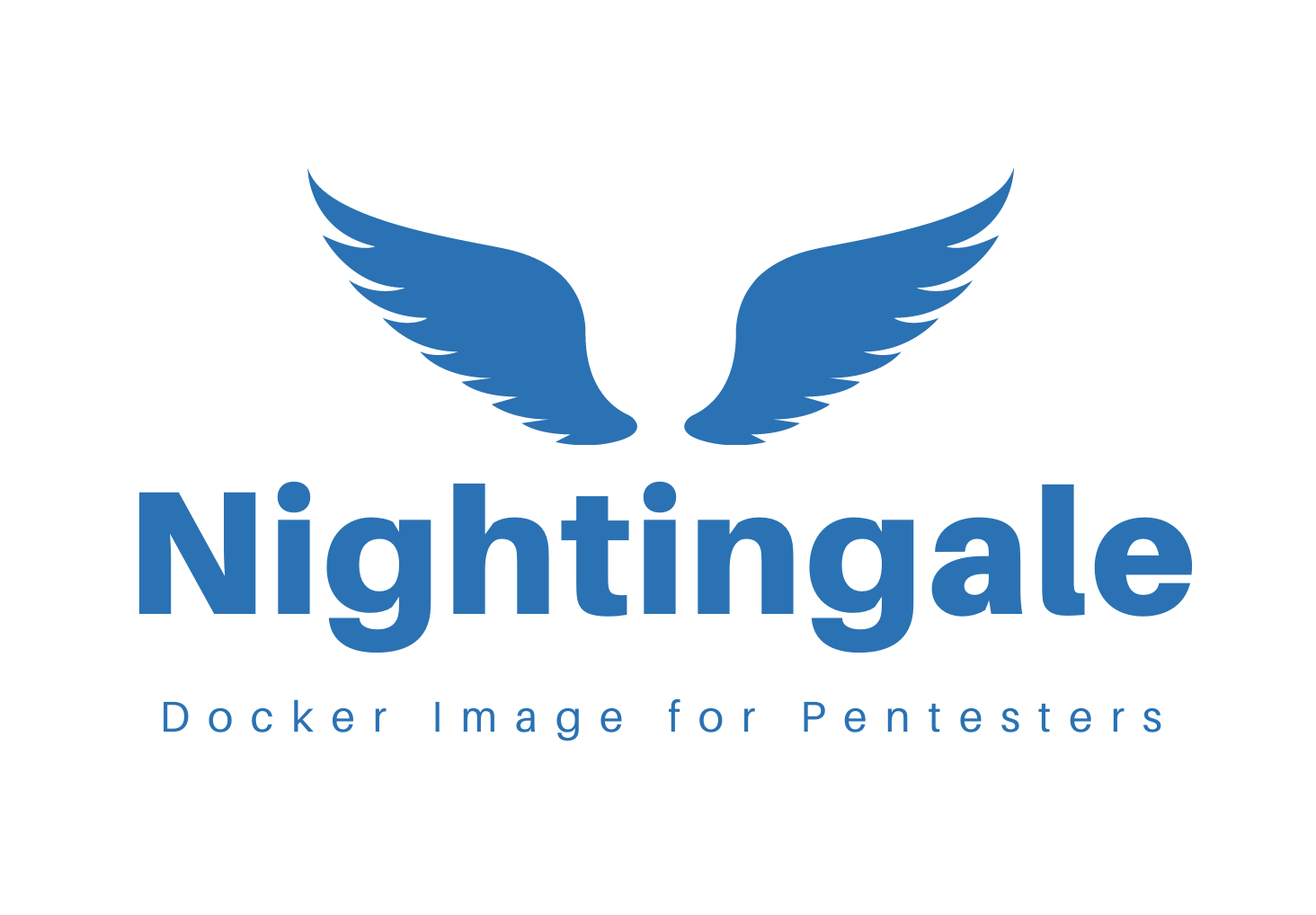OWASP Nightingale

Introduction
Nightingale is an open-source tool that utilizes the power of Docker to provide a ready-to-use environment for penetration testers. With Nightingale, pentesters can easily set up and manage testing environments for web applications, network infrastructure, and other types of systems.
Docker is a powerful technology that allows users to create isolated environments for their applications. In the context of penetration testing, this means that testers can set up a testing environment that is consistent and repeatable, which can save time and effort when re-running tests.
One of the key advantages of Nightingale is that it eliminates the need to install multiple programming languages and modules. This can be a significant time-saver for pentesters, as it eliminates the need to go through the process of setting up and configuring a testing environment from scratch.
Nightingale also allows pentesters to take advantage of the fast booting process that is inherent in virtualization. This means that testers can quickly spin up and tear down testing environments as needed, which can save time and make testing more efficient.
Another advantage of Nightingale is that it is designed to be resource-efficient, which means that it only requires the resources that are needed at the time of testing. This can be particularly beneficial for testers who are working with limited resources.
Nightingale also allows pentesters to perform vulnerability assessment and penetration testing of any scope. It includes all the useful tools that are required for a penetration tester. And also it allows to access the environment via a browser by calling the local IP address.
Overall, Nightingale is an incredibly useful tool for penetration testers, and its use of Docker makes it even more powerful. With Nightingale, testers can easily set up and manage testing environments, and can save time and effort when re-running tests. It’s a platform-independent penetration toolkit that makes it easy for pentesters to perform their work in a consistent, repeatable, and efficient way.
For More Information Nightingale Wiki